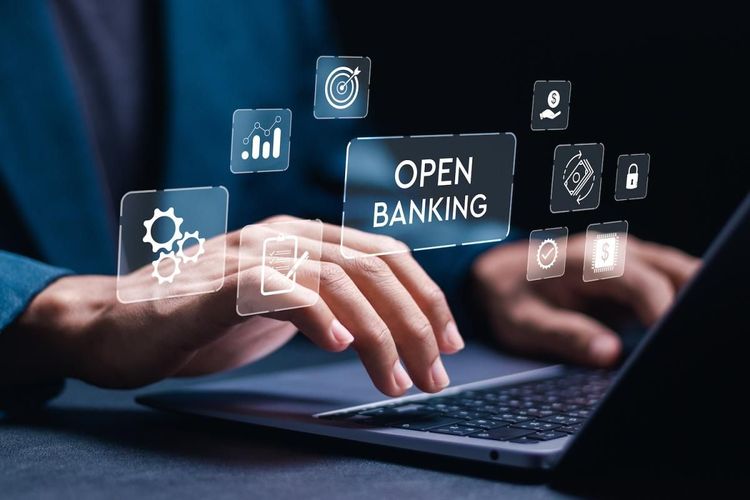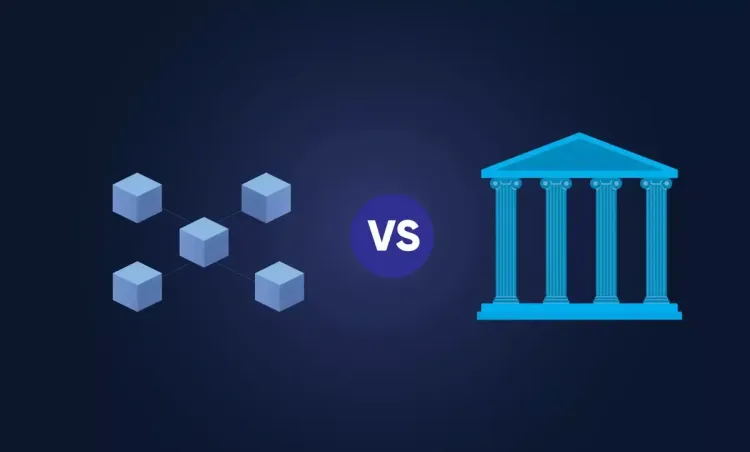The rise of digital payments has revolutionised how we transact globally, eliminating the need for cash and introducing exceptional convenience. Yet, as the digital payment ecosystem grows, so do the cyber threats that accompany it. This article will explore the landscape of digital payment cybersecurity, its evolution, the risks businesses and consumers face, and strategies to ensure a safer future. By shedding light on these issues, we hope to foster a deeper sense of awareness and action.
Introduction to Cyber Threats in the Digital Payment Ecosystem
Cybersecurity in digital payments has become as critical as the payments themselves. Sophisticated hackers, malicious software, and identity thieves are all targeting the systems and users within the digital transaction space. Businesses and individuals alike must stay vigilant as cybercriminals innovate ways to exploit vulnerabilities. The increasing reliance on online payments means we all live in an interconnected ecosystem at risk, where one breach can ripple across the entire financial infrastructure.
The Evolution of Digital Payments and Cybersecurity Concerns
Digital payments have evolved dramatically over the last decade, driven by rapid advancements in financial technology (FinTech) and consumer demand for convenience. Mobile apps, online banking systems, and digital wallets like Apple Pay and Google Pay have taken centre stage. While these innovations empower users with faster and more seamless transactions, they have also created new opportunities for cyber threats. What seemed secure a few years ago may no longer be adequate in fending off increasingly sophisticated cyberattacks. It’s a race between offering convenience and maintaining robust digital safeguards.
Common Cyber Threats Affecting Digital Payments
Digital payment ecosystems are under constant attack from a range of common cyber threats. Phishing, a tactic where malicious actors pose as legitimate entities to steal sensitive data, is one of the most widespread concerns. Malware infections, often spread through email attachments or unsecured websites, are another significant issue. Identity theft is pervasive, particularly during transactions, where unsecured networks or systems allow hackers to intercept personal information. Account takeovers, ransomware attacks, and data breaches further complicate this evolving threat landscape. Each of these methods compromises the trust and safety of the digital payment system.
The Impact of Cyber Attacks on Businesses and Consumers
The effects of cyber threats can be devastating, both for businesses and consumers alike. For businesses, financial loss and reputational damage are some of the most immediate impacts. Companies that suffer data breaches must bear the costs of investigation, repair, and potential legal action while facing lost customer trust. On the consumer side, people face the fear and hardship of stolen funds, compromised personal information, and financial disruption. Beyond monetary losses, the psychological toll of such attacks erodes trust in the entire digital payment ecosystem, often leaving users hesitant to rely on these systems again.
Strategies for Mitigating Cyber Threats in Digital Payments
To counteract the growing risks, businesses and individuals must adopt proactive measures for digital payment security. Multi-factor authentication (MFA) is one robust method to safeguard user accounts, requiring multiple credentials before access is granted. Encrypting transaction data and maintaining secure, regularly updated systems is critical for organisations managing payments. On the individual level, users must remain cautious of clicking suspicious links, using strong passwords, and avoiding unsecured networks while conducting online transactions. Awareness campaigns and educational initiatives can further empower users to make safer choices in the digital payment environment.
The Role of Regulations and Compliance
Government regulations and industry standards play a vital role in safeguarding digital payment systems. Frameworks such as the Payment Card Industry Data Security Standard (PCI DSS) and GDPR compliance ensure businesses meet certain security benchmarks when managing consumer data. Centralised government policies on cybersecurity further ensure that institutions maintain higher accountability standards. Regulators are encouraging tighter reporting mandates and proactive threat monitoring, underscoring the shared responsibility among stakeholders to ensure the safety of digital payment ecosystems.
Future Trends in Cybersecurity for Digital Payments
The future of digital payments will undoubtedly involve cutting-edge approaches to cybersecurity. Artificial intelligence (AI) and machine learning are already being used to detect and respond to threats in real time, amplifying our ability to ward off attacks before they cause harm. Biometric verification methods, such as fingerprint scans and face recognition, are emerging as standard security measures, simplifying user authentication while strengthening defences. Blockchain technology, with its decentralised structure, is also being explored to make systems less vulnerable to a single point of attack. What lies ahead is both exciting and challenging—we’re entering an era where cybersecurity innovation must move faster than potential vulnerabilities.
Securing the Digital Payment Future
The digital payment ecosystem holds immense potential to simplify lives and drive economic growth, but only if it is made secure. Everyone—from business leaders and policymakers to service providers and consumers—plays a role in ensuring the integrity of this system. Implementing the right security practices, staying informed about evolving technologies, and adhering to regulations are all integral steps to a safer digital future.
Whether you're a business seeking to safeguard your digital payment platform or a consumer seeking to safeguard personal data during transactions, education and vigilance serve as your most powerful allies. Together, we can create a world where convenience and security coexist harmoniously.




